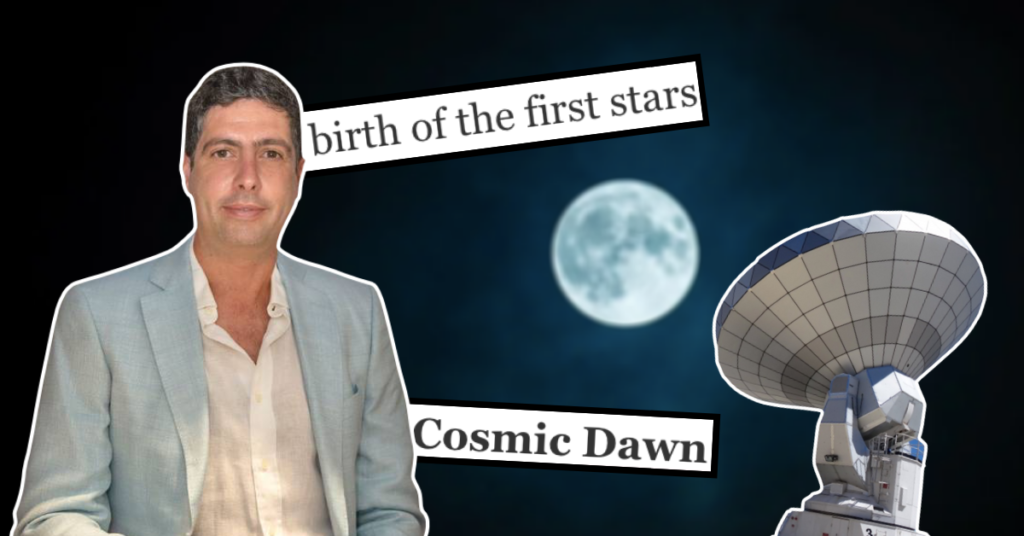Maltese Professor To Put Telescopes On Far Side Of The Moon In Monumental Project

University of Malta professor and Oxford University researcher Kristian Zarb Adami is partaking in an epic international effort to deploy radio telescopes on the far side of the moon – and it’s all to learn about the Cosmic Dawn, i.e. the period after the Big Bang which gave way to the birth of the first stars, planets, and galaxies.
Lovin Malta caught up with Zarb Adami to learn about his priceless involvement with this project.
“It all started last March when there was meant to be a meeting at the Royal Society. Five or six people were invited to give talks about the design and possible implementation of telescopes on the far side of the moon,” Zarb Adami said.
“Of course we couldn’t travel, because of COVID-19, and we were asked to write papers for a prestigious scientific journal.”
Deploying radio telescopes in such a remote location might seem strange, however, it’s key to making some groundbreaking discoveries about our galaxy’s origins.
“Because of the way the earth and the moon are in orbit, we always see the same side of the moon – that’s why we call the other side the ‘far side’ of the moon. Naturally, there’s very little interference there,” Zarb Adami continued.
“When deploying radio telescopes, you always want to go as far away as possible from interference. That’s why when they’re set up here on earth, they are placed in very remote locations, like the Australian desert and Antarctica.”
However, in time, even the most isolated spots on the planet started being subjected to interference – and it’s all thanks to satellites.
“Because of this, the next step is to set up radio telescopes on the far side of the moon.”
But as you can imagine, this isn’t going to be a walk in the park.
“There are three challenges we’re facing,” Zarb Adami explained.
“Number one, how to get there. Number two, how you deploy the infrastructure. Number three, how we can get the information collected on the far side of the moon back to us.”
Faced with these gargantuan challenges, Zarb Adami and his team are already making good progress.
“In a paper that we wrote, we started by designing an antenna, which we also patented. This part of the project was funded by the MCST and the University of Malta. It’s a very flat antenna so it’s very easy to print. Because of that, it can easily be rolled up, taken to the moon, and then unrolled. In short, these can be printed out and deployed quite cheaply,” Zarb Adami continued.
“Our other idea now concerns getting the information back to earth. For this, we’re thinking of transmitting the data to a CubeSat in orbit around the moon, which then transmits the data back to earth.”
Once all the equipment is set up – a process that is believed to go on up until 2029 – Zarb Adami and his team will be able to study the Cosmic Dawn.
This period, which lasted from about 50 million years to one billion years after the Big Bang, saw the universe cool down enough for the first stars, black holes and galaxies to start forming.
“We’re going to learn about these processes which caused the universe to stop being just a clump of gas. Something started happening which caused these clumps to come together, and thus stars and planets started to form,” Zarb Adami explained.
Considering the fact that this project will go on for the best part of this decade, we couldn’t help but ask Zarb Adami what pushes him to pursue this career.
“From a philosophical point of view, the pursuit of science gives us more insight into the world we live in, into nature, and into observation,” Zarb Adami said.
“More importantly, when we build these telescopes, they’ll have other applications – like WiFi, communications, and cryptography, amongst other things. When you learn such general techniques, you can easily apply them to other situations.”